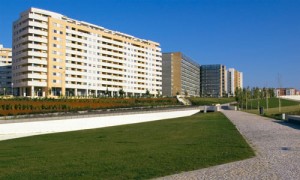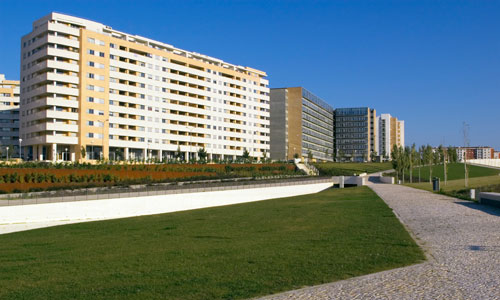 By: Karun Varma, Managing Director – Bangalore & Kochi, Jones Lang LaSalle India
By: Karun Varma, Managing Director – Bangalore & Kochi, Jones Lang LaSalle India
The Information Technology sector has a special significance for India, because India’s competence in this sector has made it a net exporter of IT services. It was the fastest growing sector of the nineties and continues to fast-track careers, spending power, local economies and real estate growth even today.
The IT industry has three major components:
- · The IT software and services industry
- · The IT hardware, peripherals and networking industry
- · The IT enabled services industry
The software sector has already established itself as a fast-growing sector. ITES includes services such as call centers, transcription, data processing, online education, etc. It has made a huge impact on international workflow into India, mainly because of low communication costs and the financial sense behind outsourcing non-core activities. It is an obvious advantage for any modern city to have a significant presence of this industry, which is creates white-collar, high-profile jobs and has remarkable effects on its real estate market.
Impact On Real Estate
Bangalore, the Silicon Valley of India, has advantages like abundantly available skilled workforce, a high quality of living and inherent brand value, better career-growth prospects, availability of good telecommunication infrastructure and proactive Government policy initiatives. At the same time, other factors like the cost of real estate and ready access to international destinations also matter.
A majority of commercial developments in the city have been done by the Private Sector and the BDA (Bangalore Development Authority) controls the growth process of the city. The city’s commercial market is delineated into three spatial limits – CBD, Suburban and Peripheral. Bangalore has no true concept of Central Business District. This flexibility has resulted in business growth from MG Road to other main roads such as Residency Road, Richmond Road and Brigade Road, Infantry Road and Cunningham Road.
The Prime CBD consists of MG Road, Brigade Road and by-lanes directly around these two roads. With the spiralling costs of real estate on MG Road and unavailability of good quality premium space, the CBD extended towards the North and South of MG Road. It has the city’s most premium quality office space and retail outlets. Usage on Brigade Road is primarily retail and commands higher rental and capital values.
Some of the prominent streets in prime off-CBD areas are Commercial Street, Infantry Road, Cunningham Road, Richmond Road, Residency Road, Millers Road, St.Mark’s Road, Vittal Mallya Road and Lavelle Road. These areas have seen strong development activities over the past few years. The advantages they offer are reduced congestion, availability of space, proximity to the city center and cost benefits relative to the city center. The suburbs of Bangalore are classified as areas near to Airport Road, Koramangala, Indiranagar and Jayanagar. The peripheral areas comprise of Bellary Road, Whitefield, and Bannerghatta Road.
Consolidation of real estate portfolios by both Indian and Multinational (MNC) Information Technology (IT) companies has significantly boosted the real estate market in Bangalore. In this sector, both software and hardware have been huge contributors to the growth of the Central Business District, off-CBD and suburban areas. The city provides a considerable supply of large continuous floor plates in the suburbs. Most of the MNCs prefer leasing as it offers flexibility when it comes to relocation.
Demand for back-offices and contact centers has resulted in continued strong growth in suburban real estate development, with leading IT companies lining up their investments for setting up new facilities in Bangalore. The continued interest of these MNCs clearly reflects that Bangalore offers many factors that are key in the IT / ITES space. Growth in demand for back-offices and contact centers is ensuring continued growth in Bangalore’s CBD and suburban real estate developments.
The IT industry continues to be the primary driver for the residential sector, because it results in considerable disposable income among the city’s middle class. Bangalore’s diversified industrial mix, strong manufacturing base and large cluster of world class info-tech firms will ensure that the city will continue to enjoy the status of the most preferred city among ITES companies, multinationals and consulting firms.





